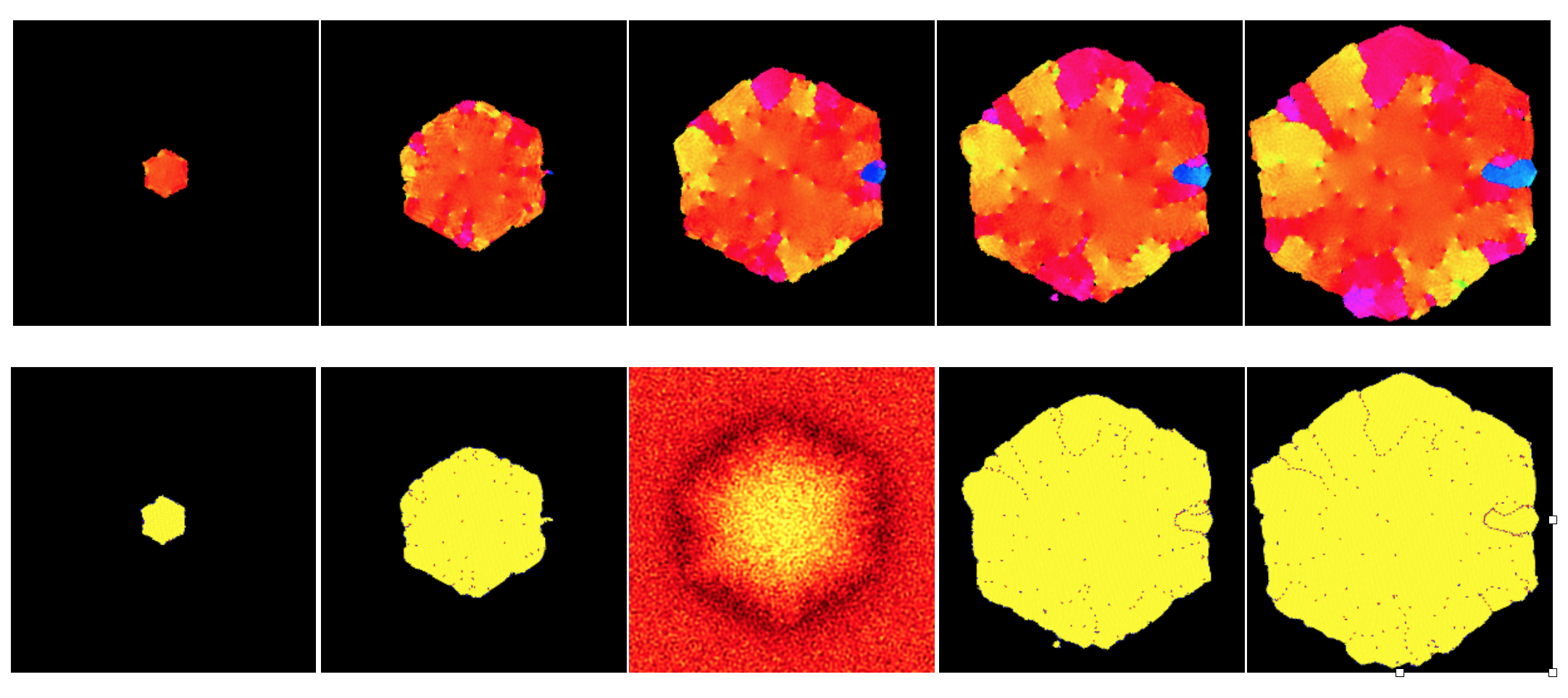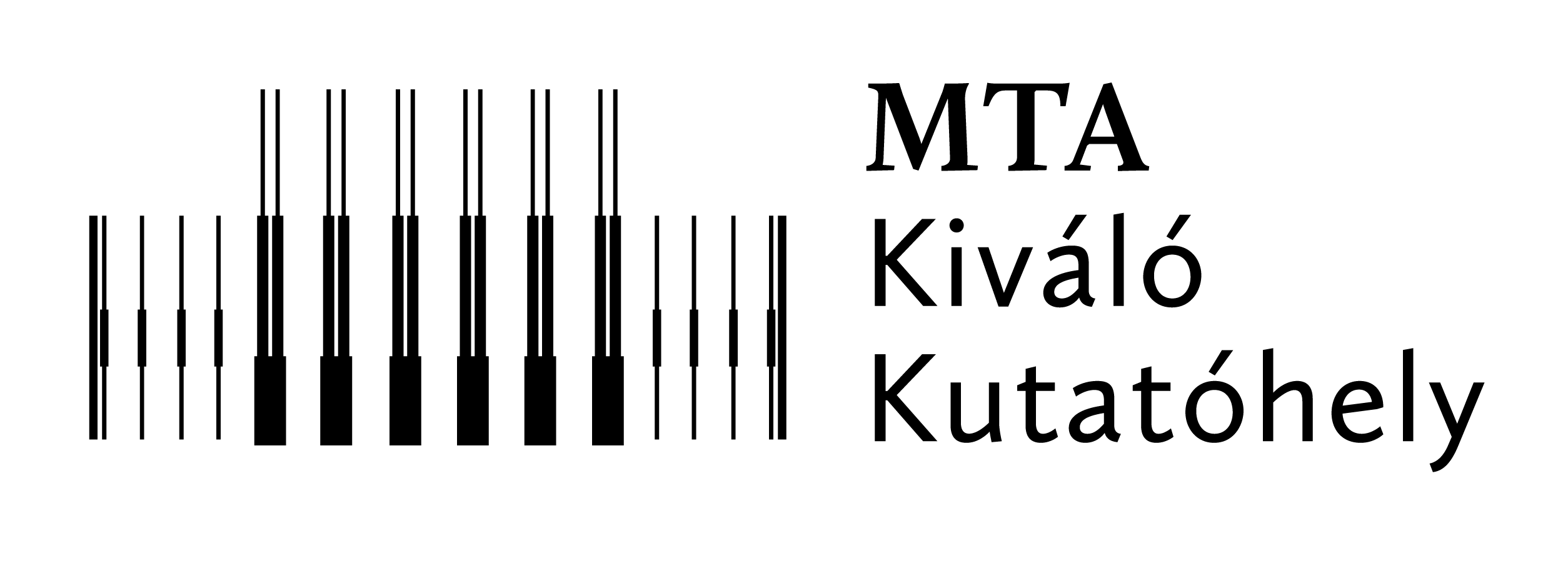2017
LASS carries out research in three areas: carbon based materials, the theory of phase transformations and x-ray-related methods. In the last year we have reached significant results in all of these fields.
Carbon based systems
Lately, various carbon based materials became the center of intensive research. Earlier we concentrated on fullerenes and related compounds. Recently, metal organic framework materials (MOF), carbon nanotubes and nanotube-based hybrid systems are our center of interest.
Metal-organic frameworks. — Metal organic frameworks are coordination polymers with high porosity. These crystalline, high-symmetry materials consist of metal-containing nodes and rigid organic linkers. Formerly, we developed a new MOF family with Zn-based secondary building units (SBUs) and 1,4-cubanedicarboxylate linkers. This year, we started a new family of MOF-s with the same Zn-containing nodes, but with a previously unknown spiroheptane-dicarboxylate linker. We prepared the organic precursor in a racemic form and demonstrated the formation of the new MOFs. We made ready the raw material for chromatographic separation of the enantiomers. The goal of the experiment is the preparation of chiral MOFs, suitable for separation of various racemic mixtures.
Infrared spectroscopy on carbon based systems. — We changed the focus of our research to include two new topics: near-field infrared spectroscopy and microscopy of various nanotubes and optoelectronic properties of organic perovskite-based solar cell materials. We succeeded in determining the semiconducting or metallic character of individual carbon nanotubes below 10 nm in diameter. In the case of boron nitride nanotubes, we mapped the defect distribution with a spatial resolution of a few nanometers.
We combined methylamine lead iodide perovskite with carbon nanotubes to obtain hybrid structures for possible application as photovoltaic devices. We proved the charge transfer from the perovskite to the carbon nanotube layer upon illumination. These observations may lead to new solar cells with the perovskite as active layer and the carbon nanotubes as hole-transporting layer.
Theory of phase transformations
Hydrodynamic theory of freezing – Nucleation and polycrystalline growth. — Structural aspects of crystal nucleation in undercooled liquids are explored using a nonlinear hydrodynamic theory of crystallization we proposed recently, which is based on combining fluctuating hydrodynamics with the phase-field crystal (PFC) theory. We have shown that in our hydrodynamic approach not only homogeneous and heterogeneous nucleation processes are accessible, but also growth front nucleation, which leads to the formation of new (differently oriented) grains at the solid-liquid front in highly undercooled systems. Formation of dislocations at the solid-liquid interface and interference of density waves ahead of the crystallization front are responsible for the appearance of the new orientations at the growth front that lead to spherulite-like nanostructures (Fig. 1).

Figure 1. Polycrystalline growth in the hydrodynamic model of freezing. Snapshots of the orientation field (upper row), the Voronoi map (bottom row), and coarse-grained density (bottom row central panel: lighter colour denotes higher density) taken at dimensionless times t = 900, 2100, 2900, 3400, and 3900 are shown. Note the spatial variation of the orientation field due to the dislocations shown as red-blue pairs of dots (atoms of 7 and 5 neighbours) in the Voronoi map, and the small crystallite formed close to the interface in the 4th panel from the left. This indicates two mechanisms for growth front nucleation: (i) nucleation of dislocations at the interface, and (ii) crystal nucleation ahead of the growth front.
Grain coarsening in two-dimensional phase-field models with orientation field. — Contradictory results were published regarding the form of the long-time grain size distribution (LGSD) that characterizes grain coarsening in two-dimensional systems: While experiments and the PFC model indicate a log-normal distribution, other works including studies based on phase-field simulations that rely on coarse-grained fields, like the multi-phase-field and orientation field (OF) models, yield significantly different distributions. We investigated this problem, and demonstrated for the OF models that an insufficient resolution of the small-angle grain boundaries leads to a log-normal distribution close to those seen in the experiments. Our work also indicates that the LGSD is critically sensitive to the details of the evaluation, and raises the possibility that the differences among the LGSD results from different sources originate from differences in the detection of small-angle grain boundaries.
Topological defects in two-dimensional orientation-field models. — In 2D, a continuous scalar field is used to represent crystallographic orientation. The respective order parameter space is the unit circle, which is not simply connected. This property has important consequences for the multigrain structures: (i) trijunctions may be singular; (ii) for each pair of grains, there exist two different interfacial solutions that cannot be continuously transformed to each another; (iii) if both solutions appear along a grain boundary, a topologically stable singular point defect forms between them. While (i) can be interpreted in the classical picture of grain boundaries, (ii) and, therefore, (iii) cannot. To overcome these problems, we proposed two solutions. The first is based on a three-component unit vector field, while in the second we utilize a two-component vector field with an additional potential. In both cases, the additional degree of freedom makes the order parameter space simply connected, which removes the topological stability of these defect.
X-ray-related methods
We have continued our studies on structure determination by inside x-ray sources. We have carried out a series of experiments at ESRF, and measured atomic resolution holograms and also Kossel line patterns. The atoms which we used as point sources were exited by a very intense, synchrotron-generated focused X-ray beam. The diffraction patterns and the holograms were detected by a new 2D position sensitive detector allowing the collection of higher quality data then in earlier measurements. The evaluation of the data is under way. This type of measurements open the way to single-pulse structure determination at X-ray free-electron lasers.



